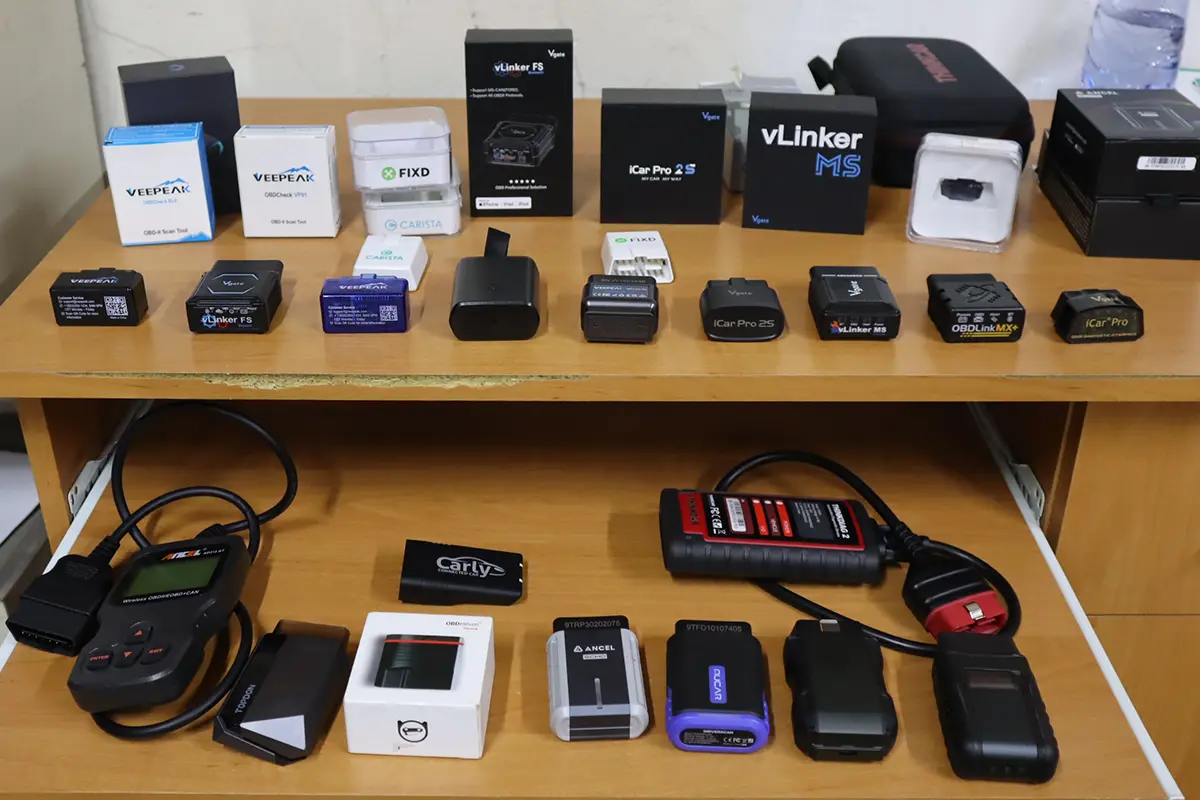The P0C1E: Auxiliary Transmission Fluid Pump Control Module Internal Temperature Sensor Circuit Low fault code indicates that the temperature sensor within the auxiliary transmission fluid pump control module is reporting a lower-than-expected temperature reading. This may be due to a faulty temperature sensor, wiring issues, or circuit-related problems. Accurate temperature readings are crucial for the proper operation of the transmission fluid pump.
P0C1E – Quick Overview
| Code | Information |
|---|---|
| Meaning | P0C1E: Auxiliary Transmission Fluid Pump Control Module Internal Temperature Sensor Circuit Low |
| Is it serious? | Yes, low sensor readings can lead to incorrect cooling system operation or potential overheating. |
| Possible causes | – Low temperature reading from the sensor – Faulty sensor or circuit issues – Wiring problems |
| How to diagnose? | – Measure the temperature sensor reading – Test the sensor and circuit – Inspect wiring and connections |
P0C1E Meaning
The P0C1E code indicates that the temperature sensor within the control module for the auxiliary transmission fluid pump is providing a reading that is lower than expected. This could result from a malfunctioning sensor, problems with the wiring, or issues with the sensor circuit. If the temperature is inaccurately reported, it can affect how the system manages transmission fluid temperature, potentially leading to inefficiencies or damage.
Step-by-step diagnostic guide
| Action | Description | Tools Needed |
|---|---|---|
| Check for Other Codes | Use an OBD-II scanner to check for any additional related codes, particularly those related to sensor performance or transmission fluid pump operation. | OBD-II Scanner |
| Measure the Temperature Sensor Reading | Use a diagnostic tool or multimeter to measure the temperature sensor output and compare it with the expected range. A significantly low reading may indicate a sensor issue. | Multimeter, Diagnostic Tool |
| Test the Temperature Sensor | Test the sensor to verify that it is functioning correctly. If it is providing inaccurate readings, it should be replaced. | Multimeter, Diagnostic Tool |
| Inspect Wiring and Connections | Visually inspect the wiring and connections for any damage, corrosion, or loose connections that could be causing the low sensor reading. Repair or replace as necessary. | Flashlight, Multimeter, Wiring Diagram |
| Test the Sensor Circuit | If the sensor appears to be functional, check the sensor circuit for any voltage or continuity issues that could be causing incorrect readings. | Multimeter, Diagnostic Tool |
| Clear the Code and Test Drive | After repairs or sensor replacement, clear the code using an OBD-II scanner and test drive the vehicle to ensure the issue has been resolved. | OBD-II Scanner, Vehicle Owner’s Manual |
| Recheck for Codes | After the test drive, re-scan the system to confirm that the P0C1E code does not return. | OBD-II Scanner |

OBD-II scanner Buyer’s Guide
- Scanner features explained
- Different types of scanners
- Scanners for coding/odometer/ECU/checks
- Best picks + discount codes

Hi, I am Juraj “Yuri” Lukacko. I got frustrated by unhelpful and scammy mechanics, so I decided to learn everything about car diagnostics myself. I test dozens of new car diagnostic tools every month along with learning new strategies to fix and customize cars. About Juraj Lukacko (Yuri)